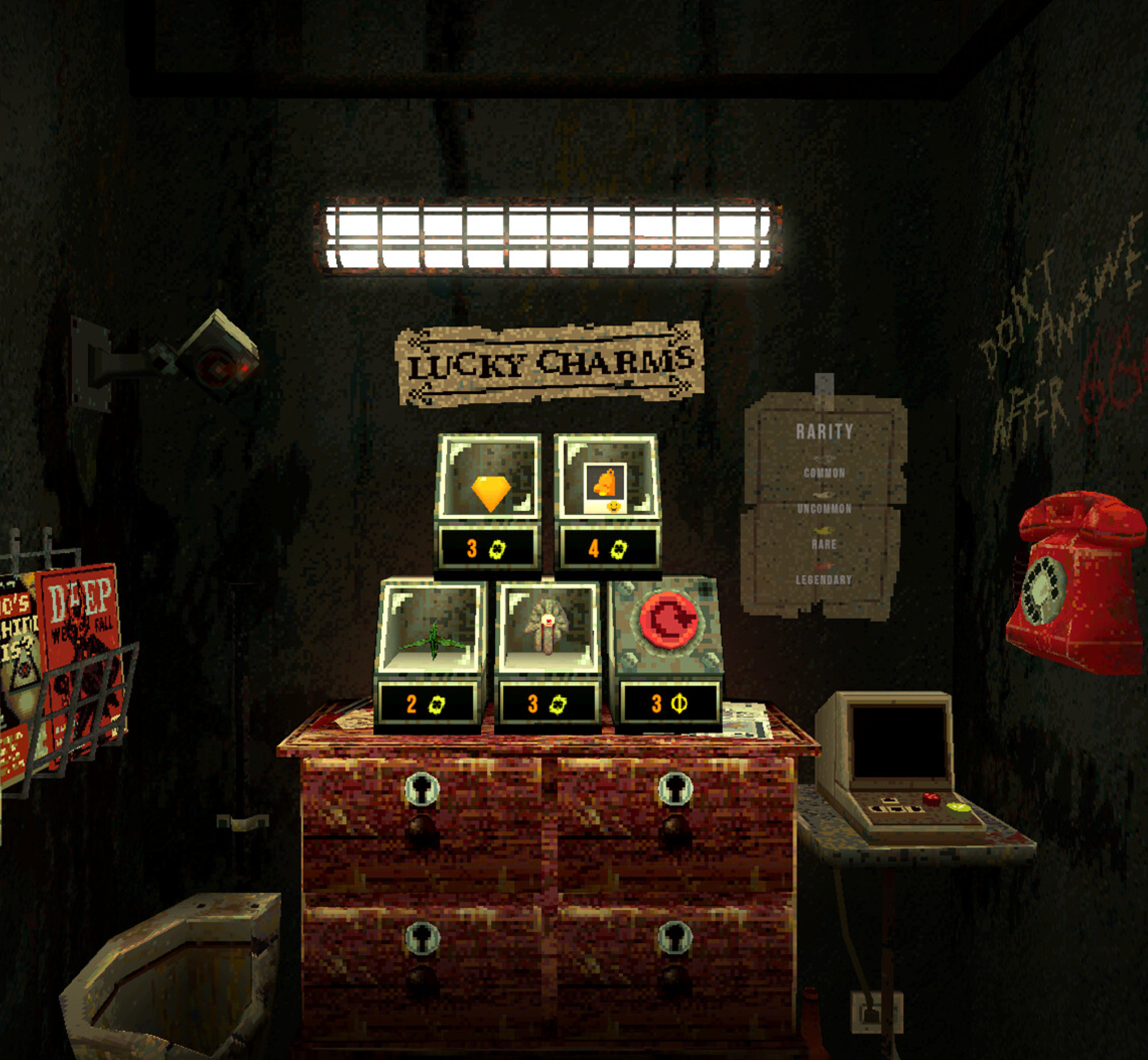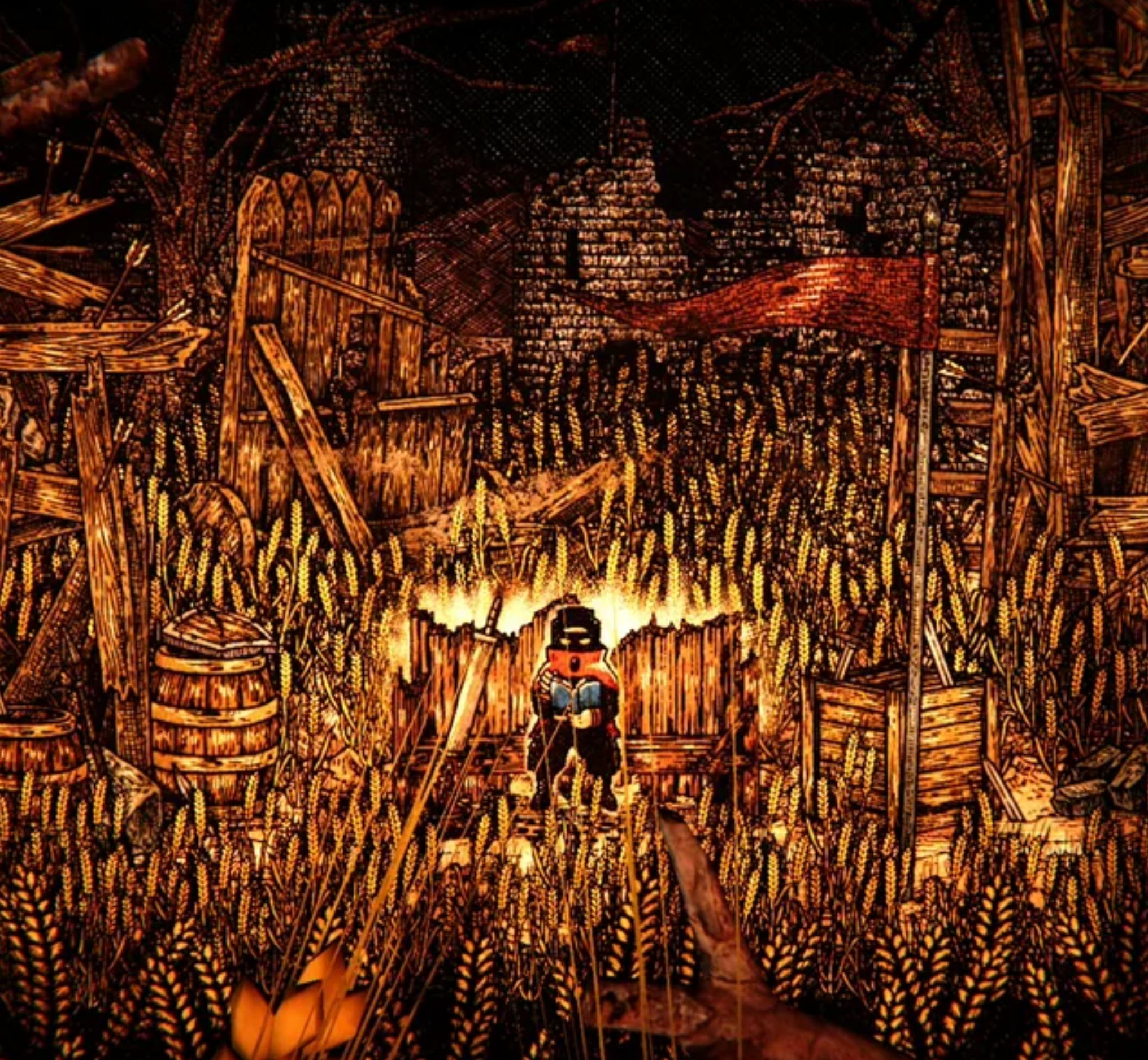The roguelike genre has continued to thrive in recent years, with indie developers in particular pushing the boundaries of creativity. The latest to join this growing space is CloverPit, a strategy-focused roguelike that officially launched on September 26, 2025, for Windows. Combining tactical depth with the unpredictable thrills of procedural generation, the game is already generating buzz among fans who crave challenge, variety, and replay value.
At its core, CloverPit is built on the foundation of high-stakes decision-making. Players are thrust into a darkly imaginative world filled with hazards, enemies, and resources that can turn the tide of battle. Each run is procedurally generated, meaning no two playthroughs are the same. Whether navigating treacherous arenas, balancing limited resources, or managing risky upgrades, players must constantly adapt their strategies to survive the escalating difficulty.
What sets CloverPit apart from its peers is its focus on layered strategy. Unlike action-heavy roguelikes that rely primarily on reflexes, CloverPit emphasizes foresight and planning. Players must carefully weigh their options—choosing when to push forward, when to retreat, and how to allocate resources to maximize long-term survival. The pit itself serves as both a battlefield and a puzzle, forcing players to adapt to shifting conditions while staying one step ahead of enemies.
The game’s atmosphere also plays a vital role in its identity. With a minimalist yet striking art style, CloverPit captures a sense of foreboding and curiosity. The soundtrack complements the gameplay with moody, evolving tones that shift as runs grow more intense. This design philosophy ensures that each attempt feels immersive, pulling players deeper into the cycle of risk and reward.
Reception from early adopters has been promising. Many players have praised the balance between accessibility and depth, noting that the game’s learning curve is fair yet rewarding. While the mechanics may be simple on the surface, layers of complexity reveal themselves with repeated runs, offering a satisfying sense of mastery. This balance makes CloverPit appealing not only to hardcore roguelike fans but also to newcomers interested in exploring the genre.
The timing of CloverPit’s release also works in its favor. With a steady stream of blockbuster titles dominating headlines, the game provides a refreshing alternative for players seeking something smaller in scale but rich in gameplay. The rise of indie hits in recent years—such as Hades, Slay the Spire, and Dead Cells—has proven that originality and tight design can carve out a place alongside big-budget releases. CloverPit positions itself firmly within this tradition, striving to become the next breakout success story.
Looking forward, the developers have hinted at post-launch support, including updates that could expand the roster of enemies, introduce new mechanics, and deepen the game’s progression systems. If the community response continues to be strong, CloverPit may evolve into a long-lasting title with a dedicated following.
For now, CloverPit stands as a striking debut that blends strategy, tension, and unpredictability into a challenging package. It delivers exactly what fans of the roguelike genre crave—uncertainty, difficulty, and the thrill of victory earned through perseverance. As players descend into its ever-changing pit, they may find themselves returning again and again, chasing the elusive perfect run.



